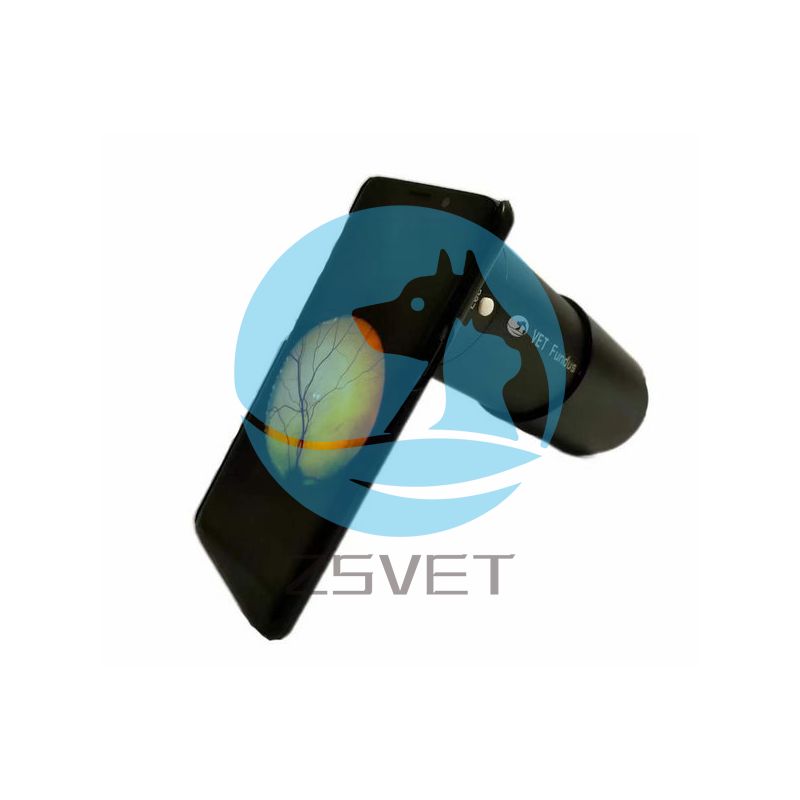 Introduction:
Introduction:
Animals, like humans, also suffer from eye diseases such as cataracts, retinal detachment, and glaucoma, among others. Early detection and treatment of these conditions can improve their quality of life and reduce the risk of blindness. One way to achieve this is by using a fundus camera, which captures high-resolution images of the retina and enables veterinarians to diagnose and monitor various eye conditions. In this article, we will explore the applications, benefits, and features of animal-use fundus cameras.
Applications:
A fundus camera is a non-invasive imaging tool that captures detailed images of the retina, optic disc, and surrounding blood vessels. These images help veterinarians diagnose, monitor, and treat various eye conditions. Some of the common applications of animal-use fundus cameras include:
Diagnosing and monitoring cataracts: Cataracts are a common eye condition in animals, particularly in dogs and cats. A fundus camera can help diagnose and monitor cataracts by capturing clear images of the lens and surrounding structures.
Diagnosing and monitoring glaucoma: Glaucoma is a serious eye condition that can cause vision loss and blindness if left untreated. Fundus cameras can help diagnose and monitor glaucoma by measuring the intraocular pressure and examining the optic disc for signs of damage.
Diagnosing and monitoring retinal detachment: Retinal detachment occurs when the retina detaches from the underlying tissue, causing vision loss. A fundus camera can capture high-resolution images of the retina and help diagnose and monitor retinal detachment.
Monitoring eye health: Fundus cameras can also be used to monitor eye health in animals with chronic eye conditions such as diabetes or hypertension.
Benefits:
Fundus cameras offer several benefits for veterinarians and animal owners, including:
Non-invasive: Fundus cameras are non-invasive and do not require any sedation or anesthesia, making them safe and stress-free for animals.
Accurate diagnosis: Fundus cameras capture high-resolution images of the retina and optic disc, enabling veterinarians to make accurate diagnoses and monitor the progression of eye conditions.
Early detection: Fundus cameras can detect eye conditions at an early stage, allowing veterinarians to begin treatment and prevent the condition from worsening.
Effective treatment monitoring: Fundus cameras can monitor the effectiveness of treatment for eye conditions, ensuring that the animal is responding well to treatment.
Features:
When choosing an animal-use fundus camera, there are several features to consider, including:
Image resolution: High-resolution images are essential for accurate diagnosis and monitoring of eye conditions.
Field of view: A wide field of view is necessary to capture detailed images of the retina, optic disc, and surrounding blood vessels.
Image storage and retrieval: Fundus cameras should have the ability to store and retrieve images for future reference and comparison.
User-friendly interface: Fundus cameras should have a user-friendly interface that is easy to navigate and operate.
Conclusion:
Fundus cameras are an essential tool for diagnosing and monitoring various eye conditions in animals. They offer several benefits, including accurate diagnosis, early detection, and effective treatment monitoring. When choosing an animal-use fundus camera, it is important to consider features such as image resolution, field of view, image storage and retrieval, and user-friendly interface. By using ZSVET fundus camera, veterinarians can provide better care for animals with eye conditions, improving their quality of life and reducing the risk of blindness.